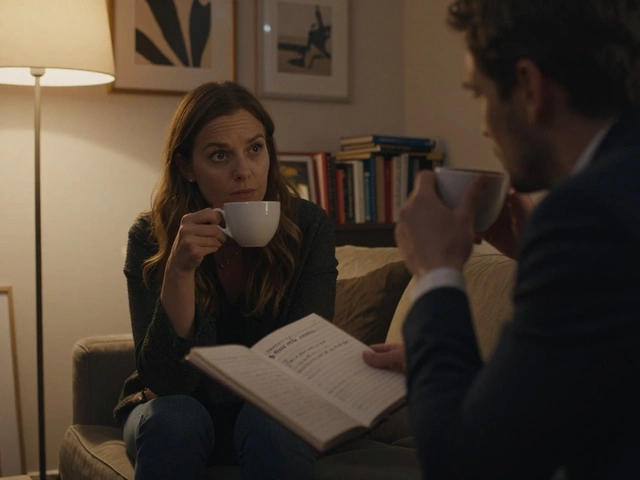Are football/ soccer goals spontaneous or part of planned plays?

Understanding the Anatomy of a Soccer Goal
In every game of soccer, the ultimate objective is to score more goals than the opposing team. However, scoring a goal is not as simple as it seems. It is a complex process, involving a combination of meticulous planning, spontaneous decisions, and a generous dash of luck. Understanding the anatomy of a soccer goal can help us appreciate the game more and give us insights into the strategies that teams employ.
Planned Plays: The Cornerstone of Successful Teams
Many goals in football/soccer are the result of careful, strategic planning. These are often rehearsed in training sessions and executed during matches. Planned plays or set-pieces, as they are known in soccer parlance, involve a sequence of moves designed to exploit weaknesses in the opponent's defense. These can include corner kicks, free kicks, and penalty kicks. Planned plays are a cornerstone of successful teams - they provide structure and predictability, allowing players to coordinate their moves effectively.
Spontaneity: The Unpredictable Element
While planned plays are crucial, soccer is an unpredictable game, and a significant number of goals result from spontaneous actions. These spontaneous moments often come from individual brilliance or unexpected mistakes by the opposition. A sudden burst of speed, a skillful dribble, a long-range shot, or a goalkeeper's error - these unpredictable elements can change the course of a game in an instant. Spontaneity is what makes soccer exciting and unpredictable, keeping fans on the edge of their seats.
Balance of Planning and Spontaneity
In reality, most goals in soccer are a blend of planning and spontaneity. A team may start with a planned play, but players must adapt to the changing dynamics of the game. The ability to switch between planned strategies and spontaneous actions is a hallmark of great players and teams. This balance of planning and spontaneity is what makes soccer such a fascinating and complex game.
Role of Coaches in Planning Goals
Coaches play a vital role in planning goals. They study the opposition, identify their weaknesses, and devise strategies to exploit them. They also train players to execute these plans on the field. However, coaches also understand the importance of spontaneity. They encourage players to be creative and take risks when the situation calls for it. In essence, coaches provide the blueprint, but it's up to the players to bring it to life on the pitch.
Case Studies: Famous Goals and Their Anatomy
To fully understand the balance between planning and spontaneity, it's useful to analyze famous goals from the past. Some of these goals were textbook examples of planned plays, while others were born out of sheer spontaneity. Each goal tells a unique story and provides valuable insights into the fascinating world of soccer. By examining these case studies, we can learn more about the art and science of scoring goals.


